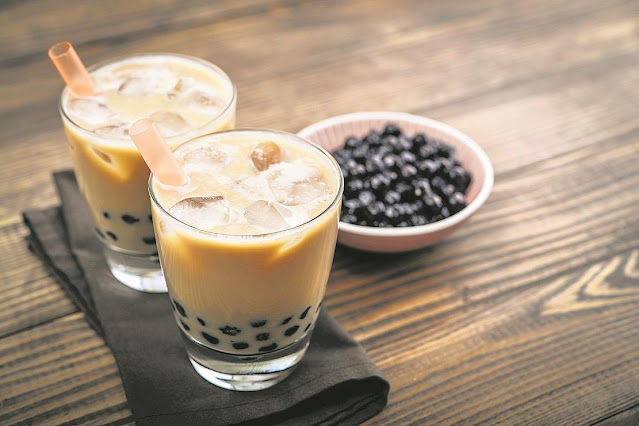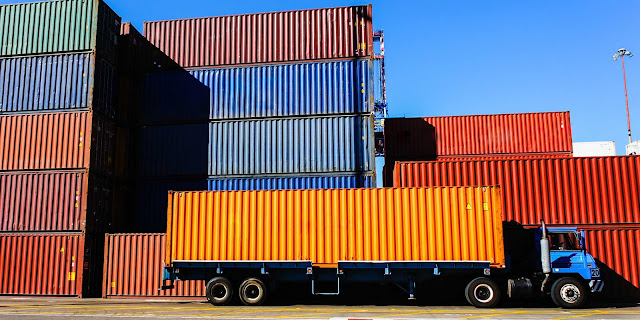The Rise of Pearl Milk Tea Culture
 |
| Pearl Milk Tea |
Origin of Pearl Milk Tea
Pearl milk tea, sometimes also referred to as bubble tea or boba tea, originated
in Taiwan in the 1980s. It was created by Lin Hsiu Hui, a tea shop owner in
Taichung. Inspired by the tapioca balls used in many Southeast Asian desserts,
Lin started experimenting with adding large tapioca pearls or "boba"
to milk tea. This created a unique texture when sucked up through a large
straw. Her new creation was an instant hit and soon became a nationwide craze
in Taiwan. From there, the popularity of pearl milk tea spread throughout Asia
and eventually reached Western markets.
Taiwan: Home of Pearl Milk Tea Culture
Taiwan is truly the birthplace of pearl milk tea and it remains central to
Taiwanese food culture and identity. There are over 10,000 bubble tea shops
across the island catering to local demand as well as tourists seeking an
authentic pearl milk tea experience. Taiwanese shops take bubbles tea very
seriously, using high quality teas and fresh ingredients. Regionally sourced
tapioca pearls are considered a specialty product. Many pearl milk tea chains
originated in Taiwan such as Xing Fu Tang, Gong Cha, CoCo and HeyTea before
expanding internationally. Taiwanese also enjoy many creative varieties beyond
the standard black/green tea such as fruit-flavored, pudding-topped and cheese
foam options.
Spread Across Asia
From Taiwan, Pearl
Milk Tea mania quickly enveloped other Asian countries and regions. In
Hong Kong and Macau, local-style variations developed using condensed milk and
Hong Kong-style milk tea. In mainland China, large domestic chains like Nayuki
and YiFang Taiwan Fruit Tea emerged with hundreds of locations. Singapore
embraced pearl milk tea and local hawker stalls put their own spin on creative
preparations. Malaysia, Philippines, Indonesia and Thailand also
enthusiastically embraced this beverage, aided by Taiwanese brands establishing
locations across Southeast Asia. The easy accessibility and affordability of
pearl milk tea made it enormously popular among Asian youth.
Western Adoption of Bubble Tea
By the late 1990s, Taiwan's pearl milk tea culture had captured the imagination
of Asian immigrant youth in Western countries. The earliest bubble tea shops
catering to the Asian community opened in areas like San Francisco, Los
Angeles, Vancouver and Sydney. As Asian populations boomed in major Western
cities, more and more shops emerged to meet demand. Gradually, non-Asian
customers developed a taste for bubble tea's unique texture and exotic blend of
flavors. Major overseas Taiwanese brands invested heavily in Western markets
through new locations and digital platforms. This helped spread awareness of
pearl milk tea beyond Asian circles. Today, authentic Taiwanese bubble tea
shops have a prominent presence in most global cities.
Bubble tea's vast menu options
While the basic black/green milk teas with tapioca pearls remain standard
favorites, pearl milk tea shops worldwide now offer immense choice and
customization. Fruit teas made with fresh fruit juice or puree have become a
top seller category in flavors like mango, strawberry, lychee and passionfruit.
Coffee bubble tea mixes milk tea with espresso shots for an energizing
pick-me-up. Honey bubble tea is soothingly sweet while taro bubble tea taps
into nostalgia for the starchy purple root's natural flavor. For those watching
their weight, low-sugar fruit tea options abound with no added sugars. Toppings
of pudding, jelly, mooncakes or custard add an extra layer of texture. Foamy
creations like cheese foam, popping bubbles or coffee jelly provide visual
allure. Meanwhile, newer alternative milk options suit vegan and
lactose-intolerant patrons. This vast array of choice has cemented pearl milk
tea's popularity among the health-conscious, Instagram generation.
Cultural significance of bubble tea
Beyond being just a beloved drink, pearl milk tea fulfills important cultural
needs across Asia and worldwide. It provides a comforting reminder of home and
identity for Asian diaspora communities abroad. The familiar taste and rituals
of bubble tea culture offer subtle social and psychological soothing. Its
affordability also makes it an ideal everyday indulgence or treat especially
for students and young professionals. The photogenic presentation of creative
pearl milk tea concoctions has fueled its popularity on social media platforms.
This has in turn introduced new generations globally toTaiwanese food culture.
For communities in Asia, pearl milk tea facilitates important aspects of social
bonding whether meeting friends for a drink or enjoying one after work or
school. In an increasingly globalized world, bubble tea plays an unassuming yet
meaningful role in maintaining cultural continuity. Its universal appeal also
fosters appreciation across ethnicities for different Asian culinary
traditions.
Starting as an innovative creation by a curious Taiwanese tea shop owner over
30 years ago, pearl milk tea has since emerged as a true global cultural
phenomenon embraced by people worldwide. Taiwan can rightly claim to be the birthplace
of this unique beverage that melts away boundaries through its comforting
flavors. Despite endless modern innovations, the simple black milk tea with
boba remains enormously popular as a reminder of pearl milk tea's roots. Its
vast adoption into daily life worldwide underscores human's natural desire for
comfort through familiar rituals and tasty treats wherever they may find
themselves.
Get
more insights on this topic: Pearl
Milk Tea
Explore
More Articles: Medical
Implants Market



Comments
Post a Comment